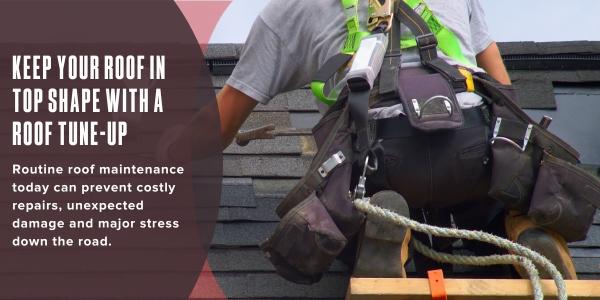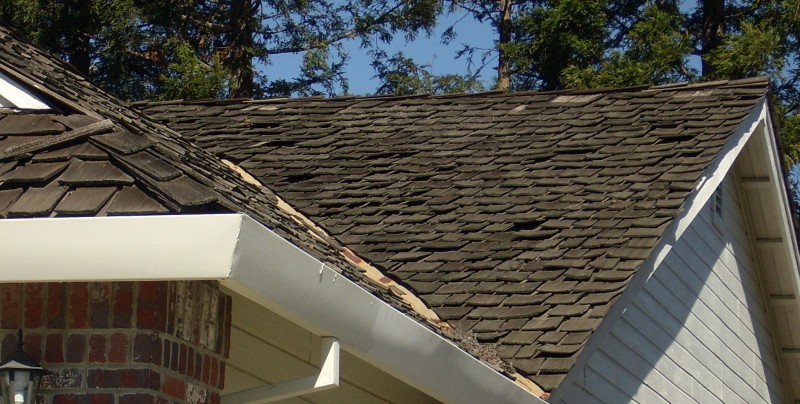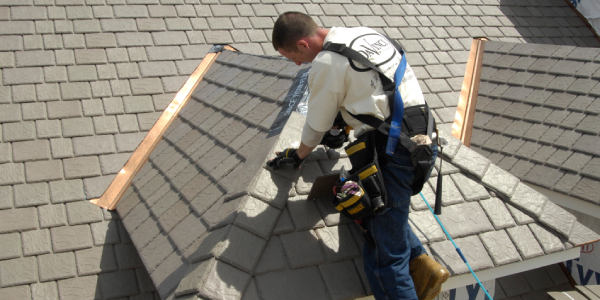Keep your roof in top shape with a roof tune-up
October 2, 2025 at 6:00 a.m.By Bumble Roofing.
Routine roof maintenance today can prevent costly repairs, unexpected damage and major stress down the road.
Your roof not only caps your home, but it’s also battling sun, wind, dust and the occasional torrential downpour. That’s why regular roof tune-ups are so important. They aren’t just for old or leaking roofs, they’re for homeowners who want to avoid big repairs, extend their roof’s lifespan and keep their homes protected year-round. This preventative maintenance is key to identifying any issues while they’re small before they turn into a larger problem. Here's why our experts at Bumble Roofing say giving your roof a little routine attention is one of the smartest moves you can make.
What happens during a typical roof tune-up?
While specifics can vary slightly between providers, a thorough roof tune-up from a reputable company will generally cover these key areas:
1 – The all-important inspection (eyes on everything):
This is where it all begins. Technicians won’t just glance from the ground. They’ll get up on your roof for a detailed assessment. They’re looking for:
- Loose, damaged or missing shingles/tiles: The sun can bake shingles, making them brittle, while strong winds can lift them. Tiles can crack or slip.
- Flashing issues: Flashing is the metal material around chimneys, vents, skylights and valleys. If it’s loose, rusted or improperly sealed, it’s a prime spot for leaks.
- Sealant condition: Caulking and sealants around roof penetrations degrade over time due to UV exposure and temperature fluctuations.
- Gutter check: Are they clogged, loose or draining improperly?
- Signs of water pooling or poor drainage: Standing water is a roof’s enemy.
- General wear and tear: Looking for early signs of material breakdown.
2 – Clearing away the clutter (goodbye debris!):
Many regions see their fair share of wind-blown debris – leaves (especially in fall), pine needles, twigs, dust and sometimes even bits of urban litter. This stuff accumulates on your roof surface and, crucially, in your gutters.
- Why it matters: Debris traps moisture against your roofing material, which can accelerate wear and lead to rot or algae growth. Clogged gutters can cause water to back up under the eaves, potentially damaging your roof deck and fascia. It can also be a fire hazard, especially during dry, windy conditions.
- The fix: We’ll carefully clear debris from the roof surface and ensure gutters and downspouts are clean and flowing freely.
3 – Sealing the deal (addressing minor vulnerabilities):
Based on the inspection, this is where small fixes make a big difference:
- Securing loose shingles/tiles: Re-adhering or replacing a few loose or damaged shingles/tiles can prevent a wider problem.
- Resealing flashings and penetrations: Applying fresh, high-quality sealant around vents, pipes, chimneys and skylights where the old sealant is cracked or failing. This is critical for preventing water intrusion.
- Addressing exposed nail heads: Over time, nails can sometimes back out slightly. We’ll seal these to prevent rust and water seepage.
- Minor mortar repair: For tile roofs, sometimes the mortar on ridge caps or around chimneys needs a little touch-up.
4 – Guarding against unwanted growth (moss and algae watch):
While not as severe a problem here as in wetter climates, algae or moss can still take hold, especially on shaded or north-facing roof sections.
- Why it matters: These organisms can cause unsightly stains, trap moisture and, over time, degrade some roofing materials.
- The fix: If early signs are present, we can often treat them during a tune-up to prevent further spread.
How often should you get a roof tune-up?
 For most homes, a professional roof inspection and tune-up at least once a year is a solid recommendation. This allows us to catch developing issues early.
For most homes, a professional roof inspection and tune-up at least once a year is a solid recommendation. This allows us to catch developing issues early.
However, there are a few situations where you might consider it more frequently or as-needed:
- After severe weather: If we’ve had a significant storm with heavy rain, strong Santa Ana winds or (rarely) hail, it’s wise to get your roof checked, even if your annual tune-up isn’t due.
- Older roofs: If your roof is getting up there in age (15+ years), more frequent checks (perhaps twice a year) can help you maximize its remaining lifespan and plan for an eventual replacement.
- Before buying/selling a home: A roof tune-up and inspection report can be invaluable.
The benefits go beyond just a clean roof
Investing in a regular roof tune-up with a trusted local expert offers real advantages:
- Extends roof lifespan: Addressing minor issues promptly can add years to your roof’s life.
- Prevents costly repairs: A small sealing job now is far cheaper than repairing extensive water damage later.
- Improves energy efficiency: A well-maintained roof (including proper ventilation, which can be assessed during a tune-up) helps your home stay cooler.
- Maintains curb appeal: A clean, well-kept roof looks much better.
- Peace of mind: Knowing your roof is in good shape is invaluable, especially when those surprise rainstorms roll in.
Your roof works hard, day in and day out. A little preventative care goes a long way in ensuring it continues to protect your home and family effectively. Don’t wait for a drip!
Original article and photo source: Bumble Roofing
Have a question? AskARoofer.
Find your local roofing contractor in the AskARoofer™ Contractor Directory.














Comments
Leave a Reply
Have an account? Login to leave a comment!
Sign In